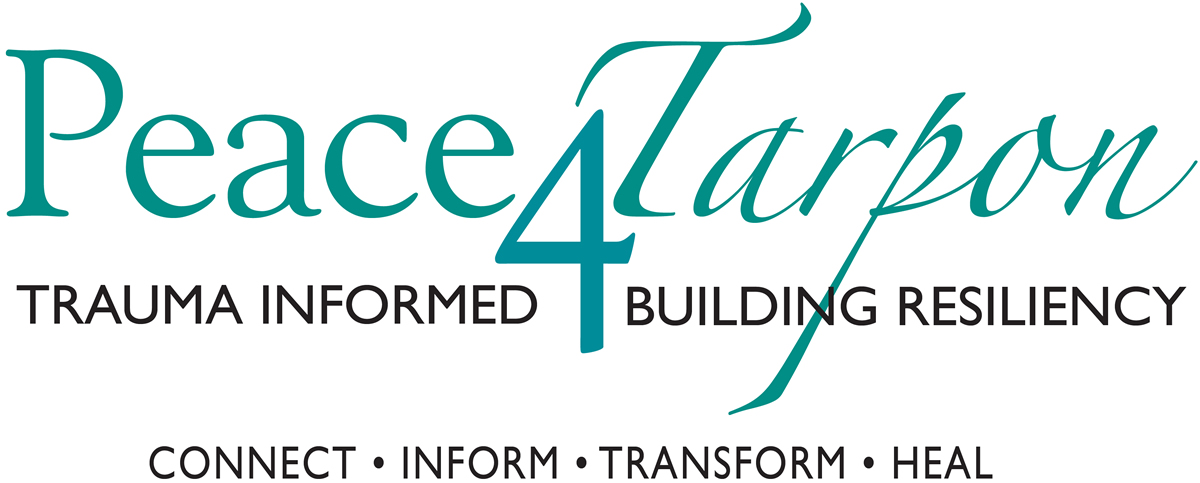The event that started the long road to ACEsTooHigh.com began early one morning. I awoke in my bed to hear a little boy crying in a house adjacent to the inn in which I was staying while looking for a permanent place to live. (In this part of Bali, many homes have bamboo walls, which means you can hear everything that goes on in your neighbors’ homes.) The boy’s crying was the fussy cry of an exhausted child, the kind of blubbering that means “I’m tired. I don’t want to get dressed and go to school.” Then I heard his dad, Made, yell at him (pronunciation: Mah-day). That got me to sit up, because it wasn’t too often I’d heard a
Balinese father raise his voice to his children. I knew that Made and his family had just returned from visiting California, and, after nearly 24 hours of travel, everyone was suffering from jet-lag. Fuses were obviously short.
The child cried louder. Suddenly, I heard “fwwaack, fwwaack”! Made hit his child. Not hard, but it was firm and unexpected, because it set off a different and louder cry: a wail of shock and betrayal, not physical hurt. It went on until Made bundled his son off to school.
Later that day, my friend and I returned from a walk to find Made sitting on a large rock at the entrance to the bungalows. His shoulders drooped. His face was a mask of dejection. He was eating a cucumber.
We couldn’t help ourselves: “What’s wrong, Made?”
He shook his head in shame. “I hit my child today.”
Well. What were we going to say? Yes, we heard it, you coward, taking out your frustrations on a child what were you thinking how could you? No, we said, “Oh.”
Before an awkward silence settled in, Made continued. “Yes, I hit my child. So, I went to the doctor.”
The doctor???
“What did the doctor tell you to do?” my friend asked.
“He told me to eat cucumbers three times a day, and lay off meat for a few weeks.”
Another jaw-dropper. Cucumbers have very very tiny amounts of estrogen, and meat contains small amounts of testosterone, but hormone levels in either of those foods are not enough to change behavior.
However, living in a culture that frowns upon hitting children, and having a system in place — in this case, doctors who are trained to help parents…now that’s enough to change behavior.
Made wasn’t carted off to jail. Child protective services did not show up on his doorstep. In his culture, hitting a child even once means that the adult is out of control and needs to consult someone immediately for assistance. They recognize that a child doesn’t have a fully-formed brain or enough experience to control his or her behavior when he or she is completely stressed out. But an adult should. That kind of ethic is about as close as a society can get to living a philosophy of trauma prevention.
Made and his doctor had a profound effect on me. The lesson was simple: Balinese are Homo sapiens, Americans are Homo sapiens. And if the Balinese had institutionalized a support system to help over-stressed parents, well, then we Americans can, too.
Before living in Bali, I’d been doing reporting on violence epidemiology, which led directly to the roots of violence: trauma that many children suffer by living in dysfunctional families, rich, poor or middle-class. That’s where violence or neglect often start, and, if the child’s trauma is severe enough, she or he has a very high risk of severe health consequences later in life. Traumatized children often pass on the violence they experienced to their children, or get stuck in having violence done to them.
I returned from Bali with a dream….that we could create a culture in which our children are protected from trauma. There are many ways to do this, and journalists can play their part. In fact, I thought that we journalists were part of the problem — we focused on unusual violence, and rarely reported about family violence, unless a child had suffered terribly.
First, I worked with Berkeley Media Studies Group, a public health research organization in Berkeley, CA, which obtained funding from the California Wellness Foundation to hold violence prevention workshops in all the major newspapers in California, and many TV stations. That was before these organizations used the web much. But that approach wasn’t going to work. Although the reporters we worked with began including violence prevention in their articles from time to time, information wasn’t getting out to the community consistently. What we needed was the Internet, the web, social media tools, and a community that was beginning to understand that violence prevention can work. About a decade later, that work led me to The World Company, with its culture of change, and Lawrence, KS, which has a very active and dedicated health community that wants to solve problems. There, we created WellCommons, a social media health news site. It provides a place and a structure for the community to solve its health problems. I hope it will play a part in helping people talk about their own trauma, and inspire organizations to institute trauma-informed care and trauma-sensitive practices. I hope WellCommons becomes a place where the community can figure out how to provide necessary support for parents. I hope the site helps create a culture where it’s expected that new parents ask for assistance; that dropping a bubble around the family and making parents go it alone is barbaric. And that it’s okay for people in the community to lend a helping hand.
In September 2011, I left The World Company to return to my home in California. I’ve launched ACEsTooHigh.com, a site about child trauma prevention and trauma-informed organizations and communities; and I’m laying the foundation to create a network of local health news sites based on WellCommons.
Jane E. Stevens
www.ACEsTooHigh.com
ReJurno.com
707-495-1112 (cell)
